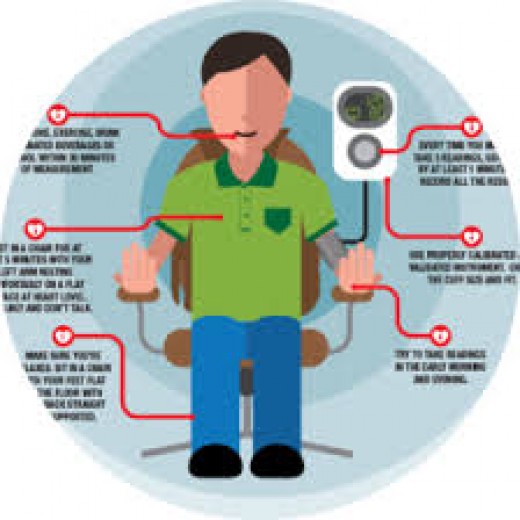Trying to decide whether you need home blood pressure monitoring? Not only can a home blood pressure monitor help you get more accurate blood pressure readings, it can also help you manage existing hypertension. Monitoring pressure at home, instead of waiting for doctor appointments, gives you better control over your hypertension and general health.
Home blood pressure monitoring can be useful and necessary for:
- Pregnant women
- Older adults
- Patients who have anxiety at the doctor's office (a condition called white-coat hypertension)
- People with high blood pressure who show normal readings only at checkups
- Newly diagnosed hypertensive patients
- People with health conditions like kidney disease, diabetes, or heart disease who need frequent testing

Check with your doctor before you buy a home blood pressure monitoring system just to make sure you are a proper candidate for home blood pressure monitoring.
Types of Home Blood Pressure Monitors
Home blood pressure monitoring systems include a blood pressure cuff, a gauge, and either a digital monitor or an aneroid one (the kind with the round dial that the doctor probably uses during your exam).
The digital monitor automatically shows your blood pressure levels on a screen. These devices are easy to use and read, making them a popular choice. But battery-operated digital monitors can be pricey and are very sensitive to movement and abnormal heart rate.
Aneroid monitors are portable and affordable. This type of home blood pressure monitor is often an all-in-one system, with a built-in stethoscope inside the arm cuff. However, aneroid monitors can be difficult to read and may become less accurate over time.
have you monitored blood pressure at home?

Tips for Accurate Home Readings
If your doctor recommends that you purchase a home blood pressure monitor, choose one that meets your needs. Then, make sure you're using it correctly by following these guidelines:
- Have your doctor or a nurse inspect the machine to make sure it's calibrated correctly, and show you how to use it properly.
- Make sure you know how to read and record the results.
- Ensure that the blood pressure cuff fits.
- Carefully follow the instructions that come with your home blood pressure monitor.
- Relax for a few minutes before measuring your blood pressure and make sure you've used the restroom first (a full bladder can affect results).
- Avoid tobacco, caffeine, and alcohol for at least 30 minutes before testing.
- Sit comfortably with your arm propped up on a table.
Home blood pressure monitoring can be very useful for people struggling to diagnose or manage high blood pressure. Just make sure that you're getting the most bang for your buck when it comes to choosing and using your home blood pressure monitor. Remember to bring your home blood pressure monitoring device with you to your next doctor visit and have its reading compared to the one your doctor takes with his medical equipment — this will confirm that you are getting the most accurate readings possible.

Checking blood pressure levels at home can help people at risk of developing hypertension get accurate readings in a comfortable environment.
Monitoring pressure at home, instead of waiting for doctor appointments, gives you better control over your hypertension and general health.






0 comments:
Post a Comment